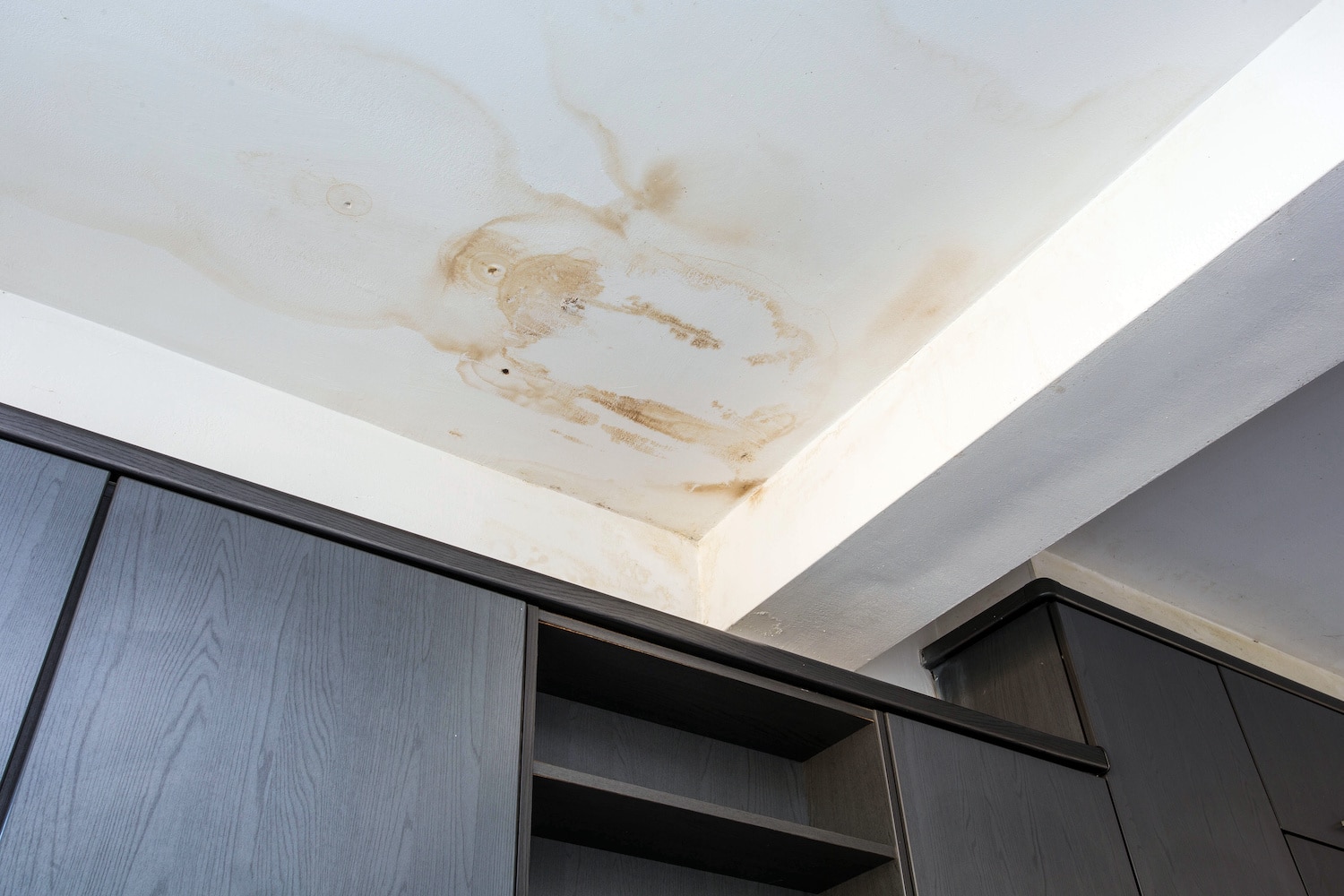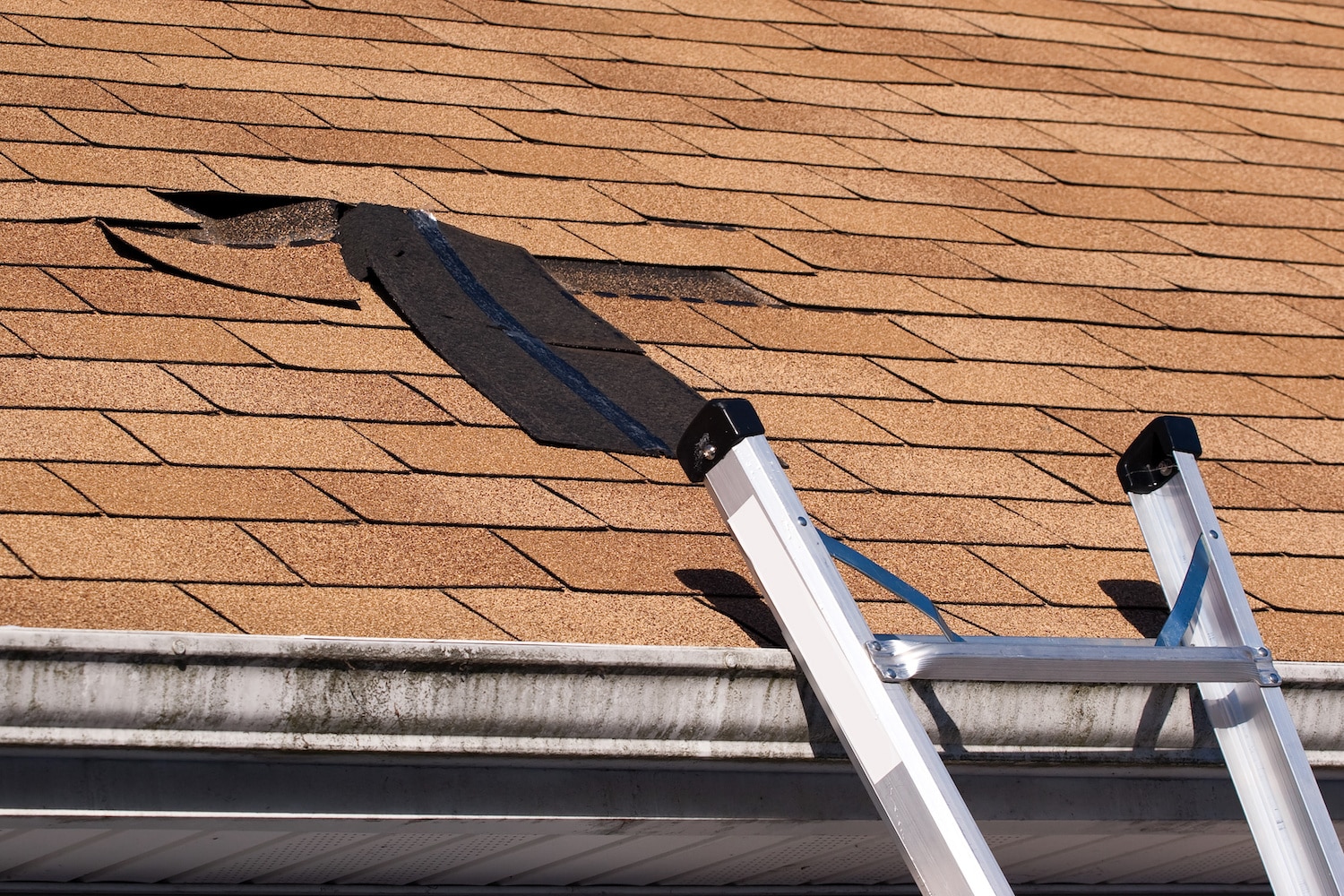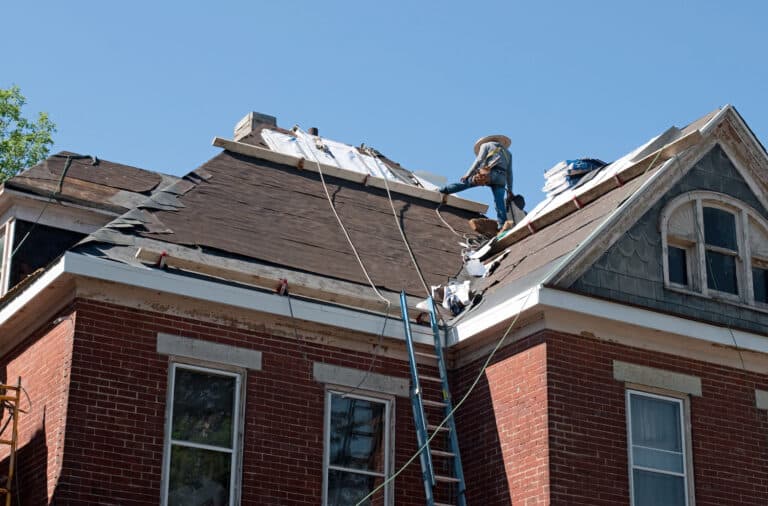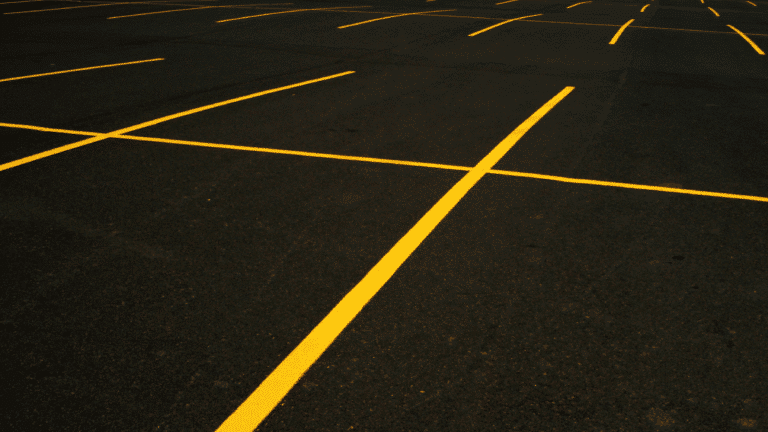How To Determine Water Damage From a Leaking Roof
Most roofs using asphalt shingles have a lifespan of about 20 years. After this point, there’s a good chance that you’ll need to replace your roof’s underlayment, flashing, shingles, and the fascia board.
But even the best-built roofs can suffer damage from roof leaks and require repairs before they hit the 20-year mark. Unfortunately, if your roof isn’t in tip-top condition, you may notice signs of water damage from a roof leak.
Depending on the extent of this damage, you may need to spend thousands of dollars on attic repair, sheathing replacement, and mold remediation. That’s why it’s crucial to learn the tell-tale signs of water damage from a leaking roof so you can catch these problems early.
Keep reading to explore the most common signs of a leaky roof!
Common Signs of a Leaking Roof
Homeowners will want to schedule standard roof maintenance services every three years. Doing so is a reliable way to prevent roof leaks and the damage they can cause.
That said, sudden storms (especially those with high winds) can tear roof shingles away, allowing rain to enter your home. These missing patches of roofing can also make it easier for strong winds to lift a home’s roof upward (in a process called uplift), leading to significant roof and property damage.
As such, you’ll want to keep an eye out for the common indicators of roof leaks, including:
Ceiling discoloration
Peeling ceiling paint
Drooping or sagging ceiling
Damaged ceiling joists
Damp insulation in the attic
Bent or missing flashing
Missing roof shingles
We’ll review each of these red flags in more detail. That way, you’ll know what to look for when evaluating potential water damage caused by a leaky roof.

Ceiling Discoloration
Discoloration is an obvious indicator of water damage from a roof leak.
When rainwater enters your home through an opening or broken seam, it can seep into your attic. Unfortunately, the water often has nowhere to go but down into the drywall or ceiling tiles.
The water can then cause staining and discoloration. This stain can grow larger and darker over time.
Incidentally, it’s also a prime location for mold spores to grow. Because mold (particularly black mold) can contribute to respiratory problems and exacerbate health concerns for household members, it’s vital to contact a reputable roofing contractor at the first sign of water stains.
Peeling Ceiling Paint
Have you noticed flaky, peeling patches on the ceiling? If so, you might be spotting one of the first signs of a leaking roof.
But why does peeling paint mean your roof is leaking?
Water dripping into your house can seep into the ceiling before evaporating. When the leak persists, the paint can begin to separate from the drywall due to the increased moisture.
Drooping or Sagging Ceiling
A drooping or sagging ceiling can also indicate roof leaks. Ceilings painted with latex-based varnish repel water, acting like a tarp when rainwater leaks into a home via a damaged roof.
Over time, the weight of the water piles onto the latex layer, forming noticeable droops and sags that are unsightly and unhygienic. If a small hole forms in this warped latex, the standing water can spill out into your house, causing significant damage to furniture and flooring.
Water spilling out from this minor leak can also increase the risk of a home-wide fire threat arising from faulty electrical wiring and shorted wires.
Damaged Ceiling Joists
Joists are made of wood, metal, or concrete structures supporting your rooftop and giving it its general shape. When a damaged roof is left unrepaired for several years, water can seep onto these structures, causing them to rot or rust.
If you spot rust on metal joists or your wood framing is beginning to sag, warp, or form moldy patches, there’s a chance that you’re dealing with a leak. This issue is particularly problematic since weakened joists can lead to structural collapse.
Consequently, you’ll want to schedule roof repair services as soon as possible if you notice mildew or rust on these beams.
Damp Insulation in the Attic
Leaky roofs can lead to damp insulation. If you notice that the insulating material feels or looks wet, you may be dealing with a leak.
Even a small leak can lead to dampness and moisture retention. Homeowners may notice mold or mildew growth on items stored in the attic if there’s a high likelihood that your roof is leaking water into your house. Issues in the uppermost space of your home can also lead to damaged ceilings.
Bent or Missing Flashing
Roof flashing is made of thin, malleable metal sheets used to protect corners and sensitive areas from environmental elements, including rainfall. But this material can rust and degrade over time, leading to structural damage caused by long-term exposure to rain.
The flashing surrounding roof vents are particularly prone to damage and can be problematic sources of water leaks. If you notice bent or missing flashing, there’s a good chance that there’s a leaky roof.

Missing Roof Shingles
Roof shingles are the first line of defense against water damage. If your roof is leaking, you may be missing a few roof shingles.
When a shingle falls off, degrades, or is ripped away due to storm damage, rainwater can soak into the roof underlayment and seep into the wooden sheathing, weakening your roof and leading to water stains and attic mold growth.
Unless your property consists of multiple floors, there’s a chance you might be able to spot missing shingles while walking around your home’s perimeter. If you feel comfortable climbing a ladder, you can place it near the house’s exterior siding and climb up to get a closer look.
However, under no circumstances should you get onto your roof, as this can be incredibly dangerous, especially if your roof has suffered from long-term water damage. One wrong step can cause rotten joists to collapse, and angled roofs pose falling risks.
It’s vital to schedule an inspection right away. Professional roof inspectors can safely investigate your roof for signs of damage. Besides, professional roofing contractors often provide inspections free of charge.
Final Thoughts
There are quite a few warning signs that may indicate a leaking roof. Ceiling discoloration, peeling, and sagging are some of the most common indicators. But damaged joists and damp attic insulation may also indicate a roof leak.
If you’ve spotted any water damage from roof leak problems, it’s time to contact a professional contractor and schedule an inspection.
After the inspection, you’ll have a better understanding of your roof’s condition and be able to select a suitable roof leak repair service to prevent further water damage and stop leaks from forming.





